Graphene textiles from Graphite Central.
We have graphene fabric and painted cotton material for making heating clothes.
Please refer to pictures.
- Voltage: 24V/12V optional
- Size: customized
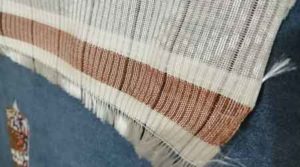 | 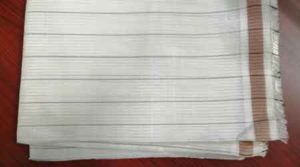 | 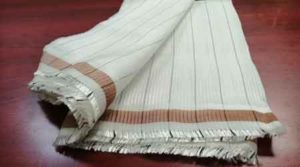 |  |
Graphene was the world’s first two-dimensional material. Stronger than steel, more conductive than copper, flexible and transparent, graphene’s properties have captured the imagination of many since its isolation in 2004.
Due to graphene’s diverse properties, it lends itself to a multitude of applications from composites and coatings, water filtration, sensors, electronics and biomedical applications and for production graphene fabric.
But could it be the solution in the advancement of wearable technology? Not only making the materials used sustainable but improving their conductivity?
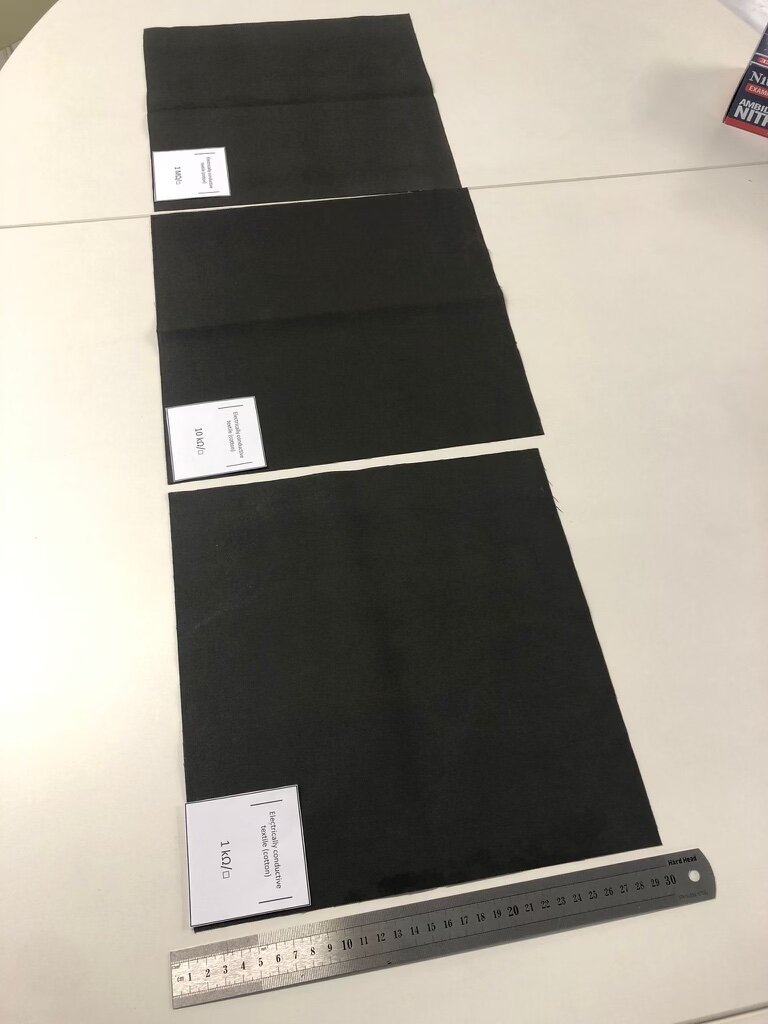
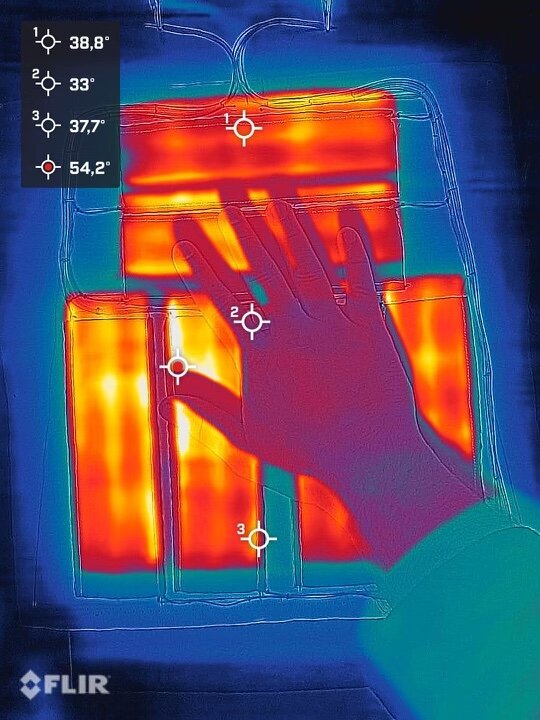
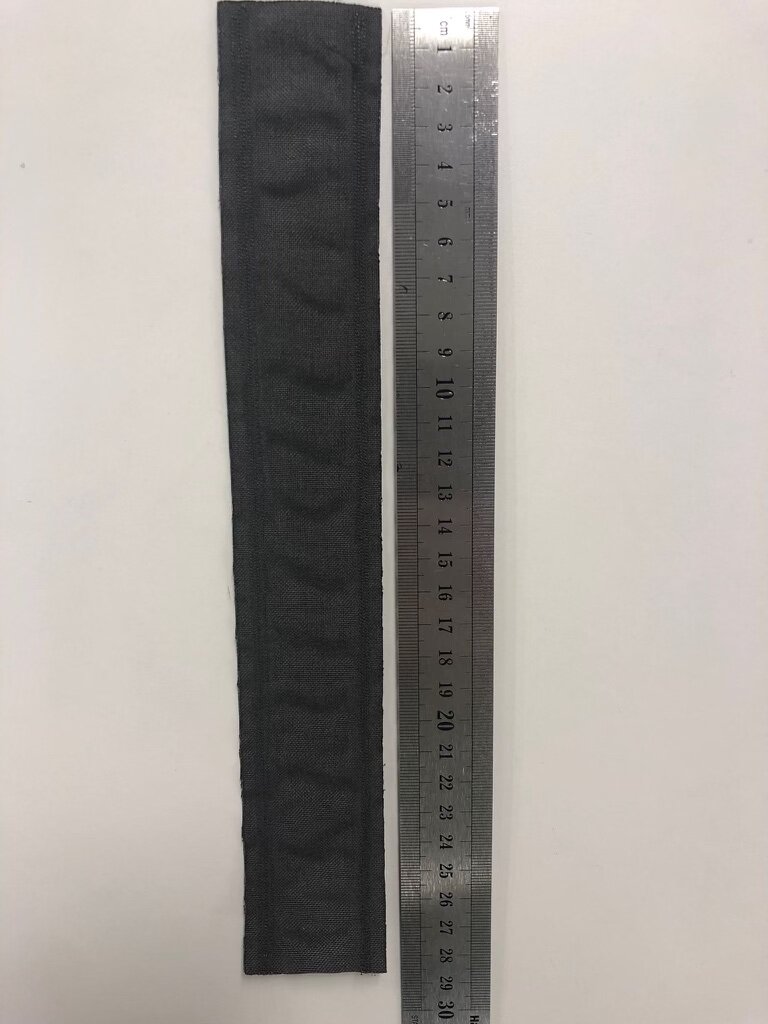
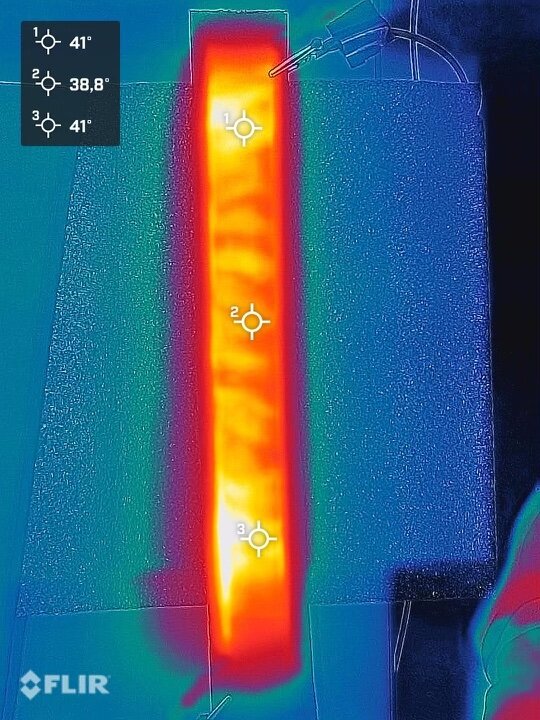
Bringing wearables into the 24th century
For decades films have predicted what might be next in the world of wearable technology. Hoverboards, self- lacing shoes, communicator badges worn by the 24th century Starfleet have not reached fruition.
Whilst we may never see a graphene hoverboard, it does have the potential to create the next generation of wearable textiles.
Multi-functional wearable e-textiles have been a focus of much attention due to their great potential for healthcare, sportswear, fitness and aerospace applications.
At The University of Manchester, a team of researchers are at the forefront of a textile revolution.
A team led by Dr Nazmul Karim, have developed all inkjet-printed graphene-based composite inks for wearable e-textiles applications.
Graphene fabric it’s a textiles renaissance
Graphene fabric has been considered an ideal material for these types of applications due to its high conductivity, and flexibility.
Smart wearable textiles have experienced a renaissance in recent years through the innovation and miniaturisation and wireless revolution.
There have been efforts to integrate textile-based sensors into garments, however current manufacturing processes are complex and time consuming, expensive, and the materials used are non-biodegradable and use higher concentration of expensive metallic inks.
As reported in Scientific Reports scientists based at the National Graphene Institute, and Schools of Materials and Chemistry have found that digital fabrication via inkjet printing is the way forward for wearable devices, as inkjet offers mass customisation and personalisation, reduction in material waste, high precision printing and compatibility with various substrates.
The use of new exciting and multi-functional materials such as graphene in composite inkjet inks is a sustainable approach for wearable electronics, as it reduces the consumption of expensive metal inks and saves energy due to lower processing temperature.
With a rapidly ageing world population, the demand for wearable electronics is higher than ever. The drive towards personalised and preventive healthcare in younger populations made such devices the norm for our daily life. Multifunctional wearable electronic textiles are seen as key growth area for a multibillion-dollar wearable electronics market due to their flexibility and comfortability.
The technology that use Graphene fabric / textiles has the potential to produce, a personalised wearable garment that can interface with the human body and continuously monitor, collect, and communicate various physiological parameters (such as temperature, humidity, heart rate, and activity monitoring). Such a device could potentially provide a solution to the overburdened healthcare system resulting from ageing society as well as maintaining healthy and independent living for all, irrelevant of time and location.
Making textiles composites sustainable
Recently published in ACS Applied Materials and Interfaces , incorporating graphene into natural fibres such as jute it improves the strength and performance of the natural fibres as well as producing a more environmentally friendly alternative to synthetic materials.
Natural materials like jute have been considered a sustainable alternative to synthetic materials. It is 100% biodegradable, recyclable and environmentally friendly. However, they suffer from poor mechanical and interfacial properties.
The breakthrough could lead to the manufacturing of high-performance and environmentally friendly natural fibre composites that could replace their synthetic counterparts in major manufacturing areas, such as the automotive industry, ship building, durable wind turbine blades and low-cost housing.
This makes it extremely appealing to different industry sectors looking to create a cheaper, more environmentally friendly alternative to synthetic composites, due to their potential to reduce the carbon footprint of the textile industry.
Dr Nazmul Karim, who leads graphene and other 2D materials-based wearable electronics and textiles research at The University of Manchester said: “Digital fabrication is at the heart of fourth industrial revolution for textiles, called Textile 4.0. Our all-inkjet-printed graphene-based composites ink on textiles provides precise, controllable and scalable fabrication of next generation wearable electronics, combined with benefits of reducing material waste and water utilisation.
“Textiles are currently manufactured at huge environmental cost due to the usage of excessive water, toxic chemicals and synthetic materials. The demand for advanced and multifunctional materials like graphene and their fabrication in an environmentally sustainable way such as digital fabrication is more than ever in the textile industry.”
What is graphene fabric?
Graphene is the new textile material
Graphene is a one-atom-thick layer of carbon atoms arranged in a hexagonal lattice. Thanks to its physical characteristics, graphene has a set of astonishing properties which repeatedly earn it the title “wonder material”.
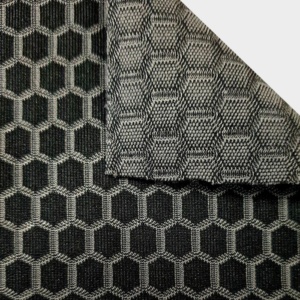 Graphene is the new textile material
Graphene is the new textile material
Graphene is a one-atom-thick layer of carbon atoms arranged in a hexagonal lattice. Thanks to its physical characteristics, graphene has a set of astonishing properties which repeatedly earn it the title “wonder material”.
